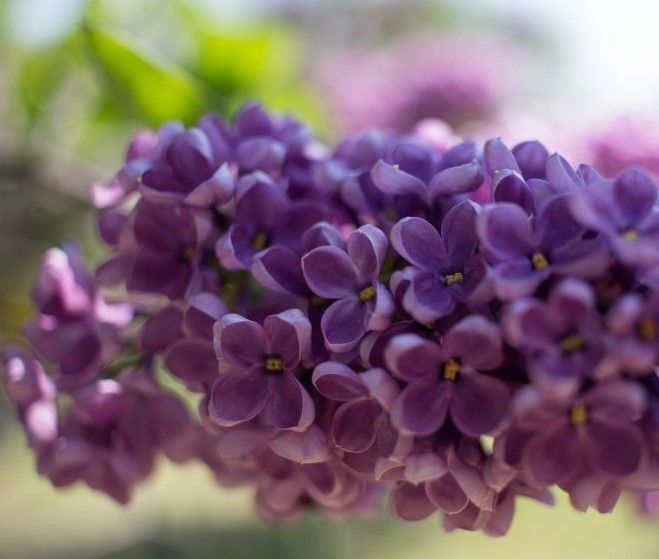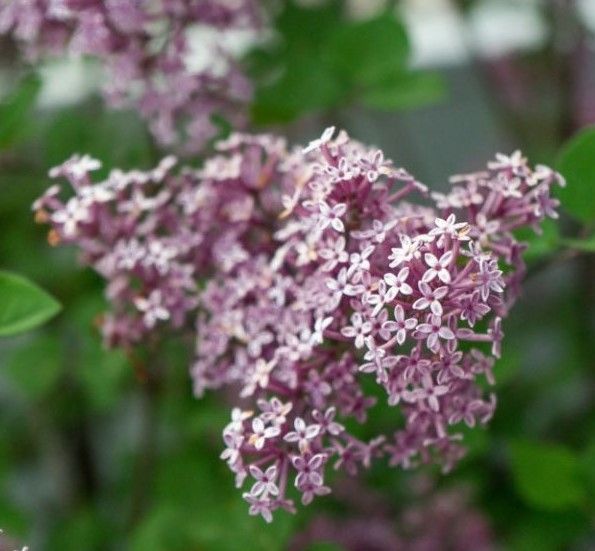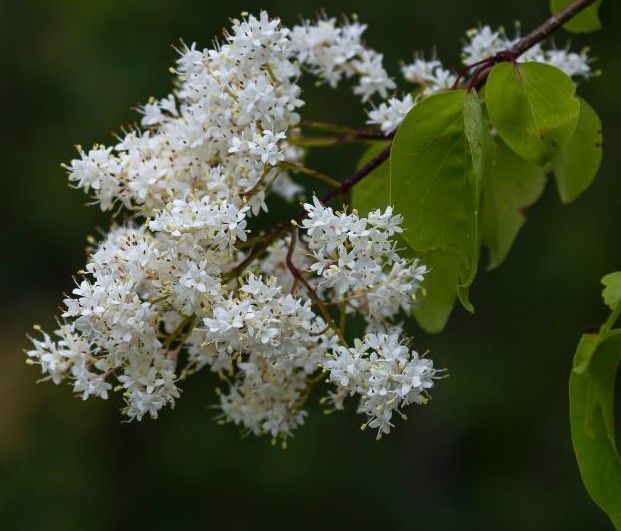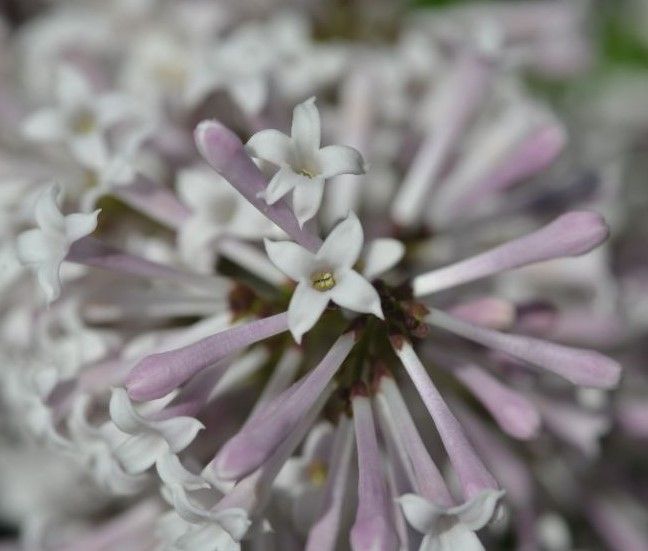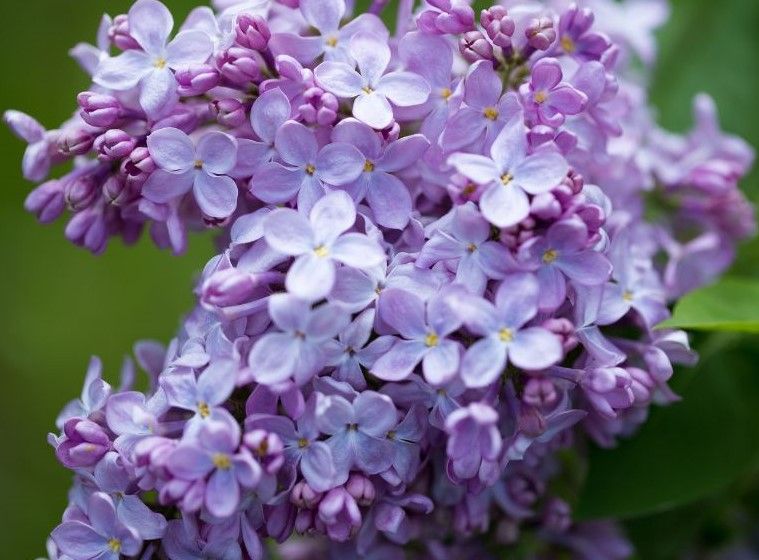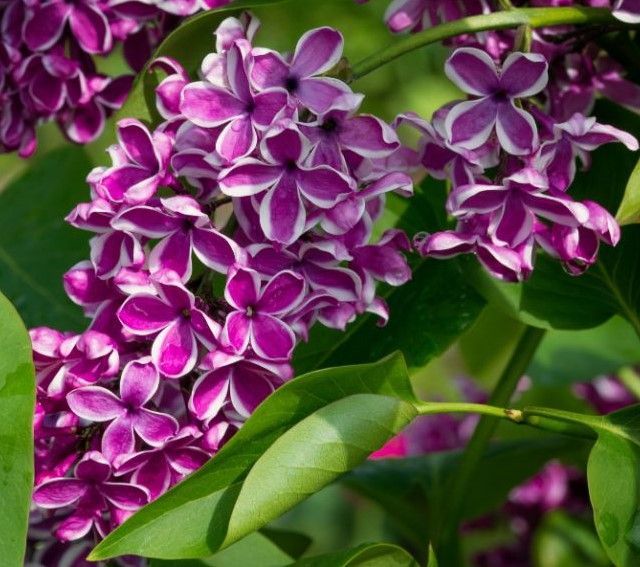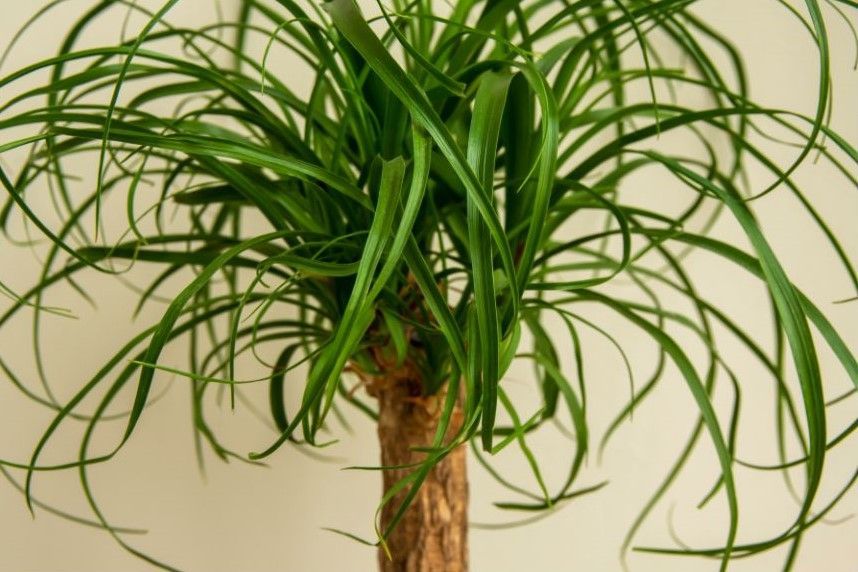Lilacs with their vibrant, fragrant blooms fill the air with a scent that’s synonymous with the spring season. The lilac bush (Syringa vulgaris) is a classic flowering shrub known for its beautiful blooms and lush foliage. Native to Europe and Asia, lilacs have become a staple in gardens across North America.
Lilac bushes produce clusters of flowers in shades of purple, lavender, white, and even pink. Their signature scent is one of the most recognizable and beloved of all garden flowers. Depending on the variety, lilac bushes can range from 5 to 15 feet tall, making them versatile for different landscape designs. They have heart-shaped green leaves that add a pleasant backdrop to the vibrant blooms
Benefits of Lilac Bushes
Lilacs are known for their delightful fragrance that can fill your entire yard. They bloom in mid to late spring, just as other spring flowers begin to fade. The sweet-smelling blooms are a magnet for butterflies, bees, and hummingbirds,
promoting pollination and supporting local ecosystems. Their scent is often used in perfumes and aromatherapy for its calming effects.
Once established, lilacs are quite hardy and require minimal care. They are resistant to many pests and diseases, and can live for upwards of a few decades. In fact, some of
the oldest lilacs in the U.S. are over 100 years old!
In addition to being easy to care for, lilacs serve a broader purpose as hedges, privacy screens, or ornamental focal points. Dwarf varieties are also available for smaller gardens or container planting. No matter how much space you have, there's a variety that will suit your property wonderfully.
Types of Lilacs
There are several types, or cultivars, of lilac bushes. Each offers unique characteristics in bloom color, size, and fragrance. Here are some popular varieties to consider for your yard:
How to Care for Lilac Bushes
Caring for lilac bushes is relatively simple.
1. Select the right location
Choose a spot on your property that receives at least 6 hours of direct sunlight daily. This will ensure that your lilac produces the best blooms. You'll also want to make sure the soil in this area is suitable for a lilac. They prefer well-drained, slightly alkaline soil with a pH between 6.5 and 7.0. Add compost to improve soil quality if needed.
2. Add mulch
Apply a layer of mulch around the base to retain moisture and suppress weeds. Keep mulch a few inches away from the trunk to prevent rot and girdled roots.
3. Water deeply and regularly
Water your lilacs deeply once a week, especially during dry periods. Ensure the soil remains moist but not waterlogged.
4. Fertilize before you see blooms
In early spring, apply a balanced fertilizer (like a 10-10-10) to encourage growth. Avoid high-nitrogen fertilizers, as they can lead to fewer blooms. Review
our article on organic fertilizers to learn about a safe and effective method of feeding your plants.
5. Prune after the blooms are spent
After the lilacs finish blooming, prune them to remove spent flowers and encourage new growth. Cut back about one-third of the oldest stems each year to maintain shape and promote air circulation. For older lilacs that are not blooming well, consider rejuvenation pruning by cutting back one-third of the oldest branches over a period of three years.
6. Check regularly for pests or disease
Lilacs are generally hardy, but keep an eye out for powdery mildew, aphids, or borers. Regular pruning and proper spacing can help prevent disease.
Final Thoughts
Planting a lilac bush is a wonderful way to add color and sensory appeal your yard without too much effort. Whether you’re looking to create a flowering hedge or simply enjoy their fragrance on a spring day, lilacs are sure to bring joy to your outdoor space.



